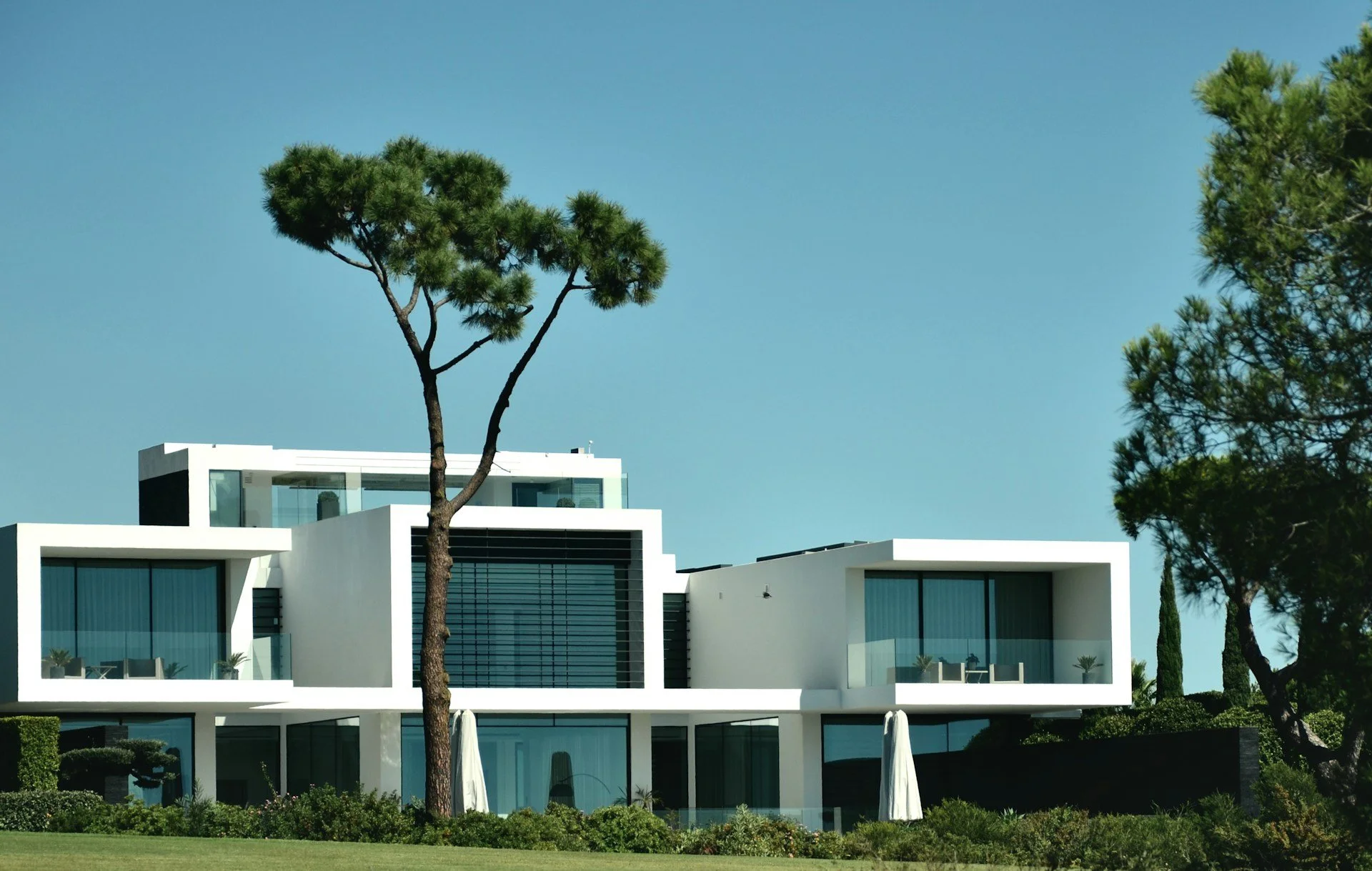Flat vs Pitched: Which Is Better for Your Property?
When choosing the right roof for your home or business, the decision often boils down to one crucial question: flat roof or pitched roof? Both options have distinct advantages and drawbacks, and understanding them can help you make an informed decision.
In this article, we’ll explore the pros and cons of flat and pitched roofs, and how each style fits different residential and commercial needs.
Understanding Flat and Pitched Roofs
Before diving into the advantages and disadvantages, it's essential to understand what differentiates flat roofs from pitched roofs.
Flat Roofs
Flat roofs are exactly what they sound like: roofs that have a slight pitch of about 1-10 degrees to allow for water drainage. They are most commonly seen in commercial roofing but are also a popular choice for modern residential roofing designs.
Pitched Roofs
Pitched roofs, also known as sloped or gabled roofs, have a steep angle that typically ranges from 15 to 70 degrees. This traditional roofing style is prevalent in residential roofing across various climates and regions.
Advantages of Flat Roofs
Flat roofs offer several benefits, especially for commercial properties. Here are some of the main advantages:
Cost-Effective
Flat roofs are generally more affordable than pitched roofs, both in terms of initial installation and maintenance. They require fewer materials and less labor to install, which translates into savings.
Easier Maintenance
The accessibility of flat roofs makes them easier to maintain and inspect. Roofing contractors can perform regular maintenance and repairs without the need for specialized equipment or safety measures.
Space Utilization
Flat roofs provide additional usable space that can be converted into a rooftop garden, terrace, or solar panel installation area. This is particularly beneficial for urban environments where space is at a premium.
Modern Aesthetic
For those who prefer a sleek, contemporary look, flat roofs offer a modern aesthetic that complements minimalist architecture.
Disadvantages of Flat Roofs
While flat roofs have their perks, they also come with some downsides:
Water Drainage Issues
Flat roofs are prone to water pooling, which can lead to leaks and water damage if not properly maintained. It's crucial to have a well-designed drainage system in place to prevent these issues.
Shorter Lifespan
Compared to pitched roofs, flat roofs tend to have a shorter lifespan. They often require more frequent repairs and replacements, particularly in areas with heavy rainfall or snow.
Limited Insulation
Flat roofs can be less energy-efficient due to limited insulation options. This can result in higher energy bills, especially in extreme climates.
Advantages of Pitched Roofs
Pitched roofs are a popular choice for many homeowners because of their classic design and numerous benefits:
Efficient Water Drainage
The steep angle of pitched roofs allows for efficient water drainage, reducing the risk of leaks and water damage. This makes them an ideal choice for regions with heavy rainfall or snowfall.
Longevity and Durability
Pitched roofs are known for their durability and long lifespan. They can withstand harsh weather conditions and require less frequent replacements compared to flat roofs.
Energy Efficiency
Pitched roofs offer better insulation options, making them more energy-efficient. This can lead to lower heating and cooling costs, providing long-term savings.
Versatile Design
Pitched roofs come in various styles and designs, allowing homeowners to choose the one that best suits their aesthetic preferences and architectural style.
Disadvantages of Pitched Roofs
Despite their advantages, pitched roofs also have some drawbacks:
Higher Initial Cost
The installation of a pitched roof typically requires more materials and labor, leading to higher initial costs compared to flat roofs.
Limited Space Utilization
Pitched roofs do not provide the same level of usable space as flat roofs. This can be a disadvantage for those looking to maximize outdoor space for gardens or solar panels.
Complex Maintenance
While pitched roofs require less frequent repairs, their maintenance can be more complex and costly due to the need for specialized equipment and safety measures.
Choosing the Right Roof for Your Needs
When deciding between a flat roof and a pitched roof, it's essential to consider factors such as climate, budget, and intended use of space. Here are some key considerations to keep in mind:
Climate and Weather Conditions
If you live in an area with heavy rainfall or snow, a pitched roof may be the better choice due to its efficient drainage capabilities. On the other hand, flat roofs can be suitable for arid regions with minimal precipitation.
Budget Constraints
For those on a tight budget, a flat roof may offer cost savings in terms of installation and initial expenses. However, consider the potential long-term costs associated with maintenance and repairs.
Aesthetic Preferences
The architectural style of your home or business can influence your roofing choice. Modern designs often favor flat roofs, while traditional styles may be better suited for pitched roofs.
Space Requirements
If maximizing outdoor space is a priority, a flat roof may be the way to go. However, if energy efficiency and longevity are more important, a pitched roof could be the better option.
Conclusion
In the debate between flat roofs and pitched roofs, there is no one-size-fits-all answer. Each roofing style has unique advantages and drawbacks, making it essential to weigh your specific needs and preferences.
By understanding the differences between flat and pitched roofs and considering factors such as climate, budget, and aesthetics, you can make an informed decision that aligns with your goals.
Whether you're planning a new construction project or a roof replacement, consulting with reputable roofing contractors, like us here at Famous Roofing, can provide valuable insights and help you choose the best roofing style for your home or business. Remember, the right roof not only enhances the appearance of your property but also provides protection and energy efficiency for years. Give our team a call today!



